Todd and Sandy built a nice little cabin in the country – a cozy little retreat where they could relax and spend their retirement. One night, during a heavy thunderstorm, their idyllic home was struck by lightening and burned to the ground. Thankfully, no one was hurt, but the property and all contents were a total loss.
Although they lost everything, Todd and Sandy considered themselves fortunate because they had a homeowners policy that covered their loss and enabled them to rebuild. Their Loss of Use coverage allowed them to rent a home for a year while they constructed a new home on their property.
While homeowners insurance protects your home and personal property against certain losses, in the event you are forced to live elsewhere for a certain duration of time while your home undergoes repair or rebuild, your policy may even cover living expenses when your home is damaged by hazards covered under the policy.
What is Loss of Use Coverage?
Loss of Use coverage – also known as Additional Living Expenses (ALE) or Coverage D – in your homeowner’s insurance policy is part of every standard policy, and it helps you pay for expenses incurred while your home is being repaired or rebuilt.
If your property is rented, this coverage may help you recover lost rent if the loss requires your tenants to live elsewhere.
Loss of use coverage protects you in various ways:
- It covers increases in living expenses while your home is being rebuilt or repaired.
- It reimburses lost rental income (typically for up to 12 months).
- In certain situations, it may reimburse you for additional living expenses or lost rental income if local authorities prohibit a return to the property.
Coverage Limits
Typically, loss of use coverage limits are 20-30% of your home’s insured value, or dwelling amount. For example, if your home is insured for $300,000, your additional living expenses coverage will range anywhere from $60,000 to $80,000. Exact amounts can be found on your policy’s declarations page.
Deductibles
Depending on the insurer and the type of policy you have, your deductible is generally waived for covered loss of use claims. You will still pay a deductible for the dwelling or personal property under any claim.
Prohibited Use
In your Loss of Use policy, there is a section detailing coverage that kicks in for a certain number of days if a local authority or physical impediment prevents you or your tenants from accessing the property (this typically occurs during natural disasters, such as flooding or tornadoes). In these situations, you can file a Prohibited Use Claim under the loss of use section of your policy.
Reimbursement
While living elsewhere while your home is being repaired or rebuilt, it’s important to save all receipts for covered expenses. You will need to submit them for reimbursement on these “reasonable life expenses”.
There are limitations on what a policy will pay for, and whether an expense was considered necessary. It’s important to speak to your claims representative to get a better understanding of what will be covered, especially if you have to take temporary residence in an extended stay suite.
Typically, your insurance company will reimburse for:
- Additional food expenses
- Rent or hotel expenses
- Additional fuel or mileage expenses
- Public transportation or rental car
- Storage unit fees
- Clothing expenses
- Boarding of any pets
- Parking expenses
Submitting a Loss of Use Claim
Under extenuating circumstances, your insurer may provide you with a check up-front. Generally, however, you will be paid on a monthly basis for the previous month’s expenses.
To submit a Loss of Use claim, you can:
- go to the claims section of your carrier’s website;
- contact your insurance agent directly; or
- call your insurance company’s claims department.
No matter which option you choose, you will be asked to fill out a form detailing “normal living expenses”. This is the amount you typically pay for rent, food, gas, and other monthly expenses. The total amount of these expenses is then subtracted from additional living expenses you incur monthly. For example, if your normal monthly expenditures on necessities is $2,000, but you spent $2,500 last month while your home was being repaired, the insurer will send you a $500 check.
For lost rental income covered by property damage, you will need to provide your agent with lease agreements, tax forms, bank information, etc., proving that the damaged property was a source of income. The insurance company may send a fair rental value check monthly during the duration of the property repair or rebuild.
Next Steps
As you can see from the illustration above, Todd and Sandy’s outcome could have been even more devastating had they not had the proper coverage on their home and its contents. Loss of Use coverage really comes in handy, and you can never predict when you may need it!
Take a minute to review your homeowners policy and make sure that you understand your coverage. Don’t be shy to ask questions! It’s always better to be safe than sorry.





